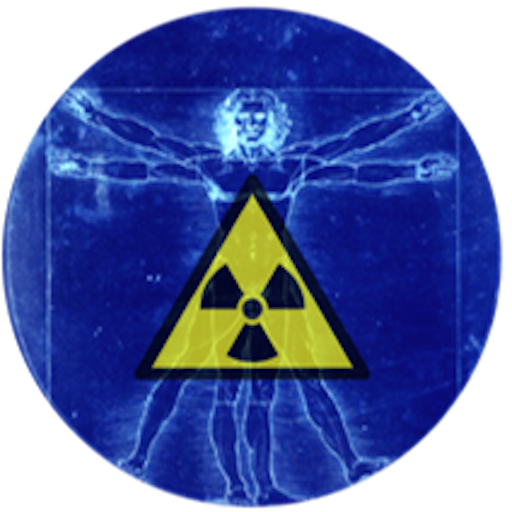Background to the clinical audit project
Main headings: Goals – Peer-review – Legislation
Ensuring high-quality care and protecting staff
The clinical audit project was launched in 2011. It aims to ensure high-quality care involving high-dose ionising radiation and to protect staff. This type of radiation brings benefits, but is also associated with risks.
For the wellbeing of patients, it is essential that examinations and treatments using this radiation (e.g. X rays) are justified and are performed in an optimal manner. It is therefore essential to carefully weigh the benefits and risks before each use and check whether an alternative method (for example an MRI scan or ultrasound) could produce an equivalent result. If the benefits outweigh the risks, the use of radiation is considered to be justified. Examples of radiation doses used in medicine are listed here.
In Switzerland, the average dose of ionising radiation received by the population in connection with medical applications has increased by 40% over the past 20 years (1998–2018) (see documents). This increase is mainly due to CT scans, the use of which has tripled since 1998.
A collaboration with stakeholders
In collaboration with the representatives of various professional associations in medicine, medical physics and medical technology, the FOPH (Federal Office of Public Health) has defined the legal bases for clinical audits in the revised Radiological Protection Ordinance (RPO), which entered into force on 1 January 2018. This revised ordinance now reinforces the principle of justification in medicine (Arts. 3, 27, 28, 29) and stipulates clinical audits (Arts. 41-43).
Any holder of an authorisation for medical applications of radiation in computed tomography, nuclear medicine or radiotherapy, or for fluoroscopy-guided interventional diagnostic and therapeutic procedures (high-dose), may be audited every five years and is required to conduct a self-assessment of its procedures once a year.

Peer review system
The concept of clinical audits was introduced in Europe in 1997 by means of the Euratom directive 2013/59. Switzerland, which is not a member state of the EU, has drawn on the experience of Finland to define its own organisation of clinical audits. Indeed, Finland can be viewed as a pioneer in this context since all its medical radiology centres have already been audited several times.
Clinical audits are evaluations carried out by colleagues (also known as peer reviews). They review the practices of a facility and, if necessary, issue recommendations for improving the justification of exposures and optimising processes and resources. This means that they are therefore neither administrative controls nor inspections conducted by the supervisory authorities.
. .




